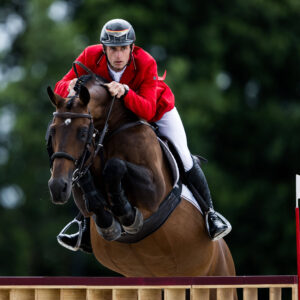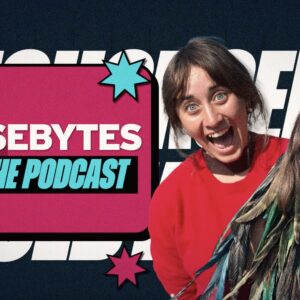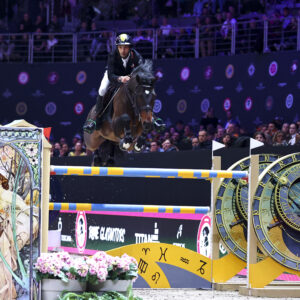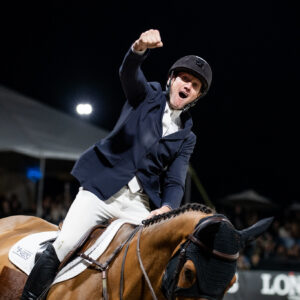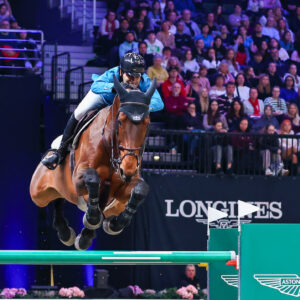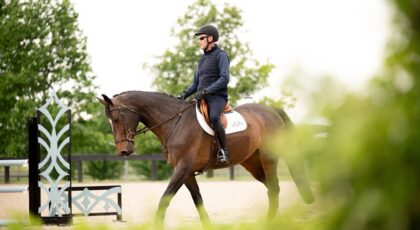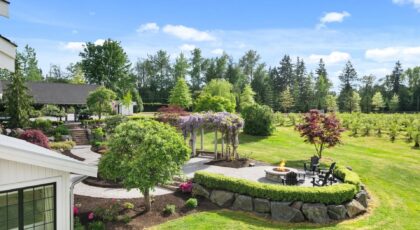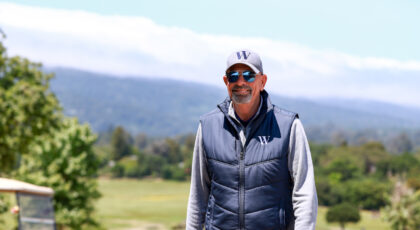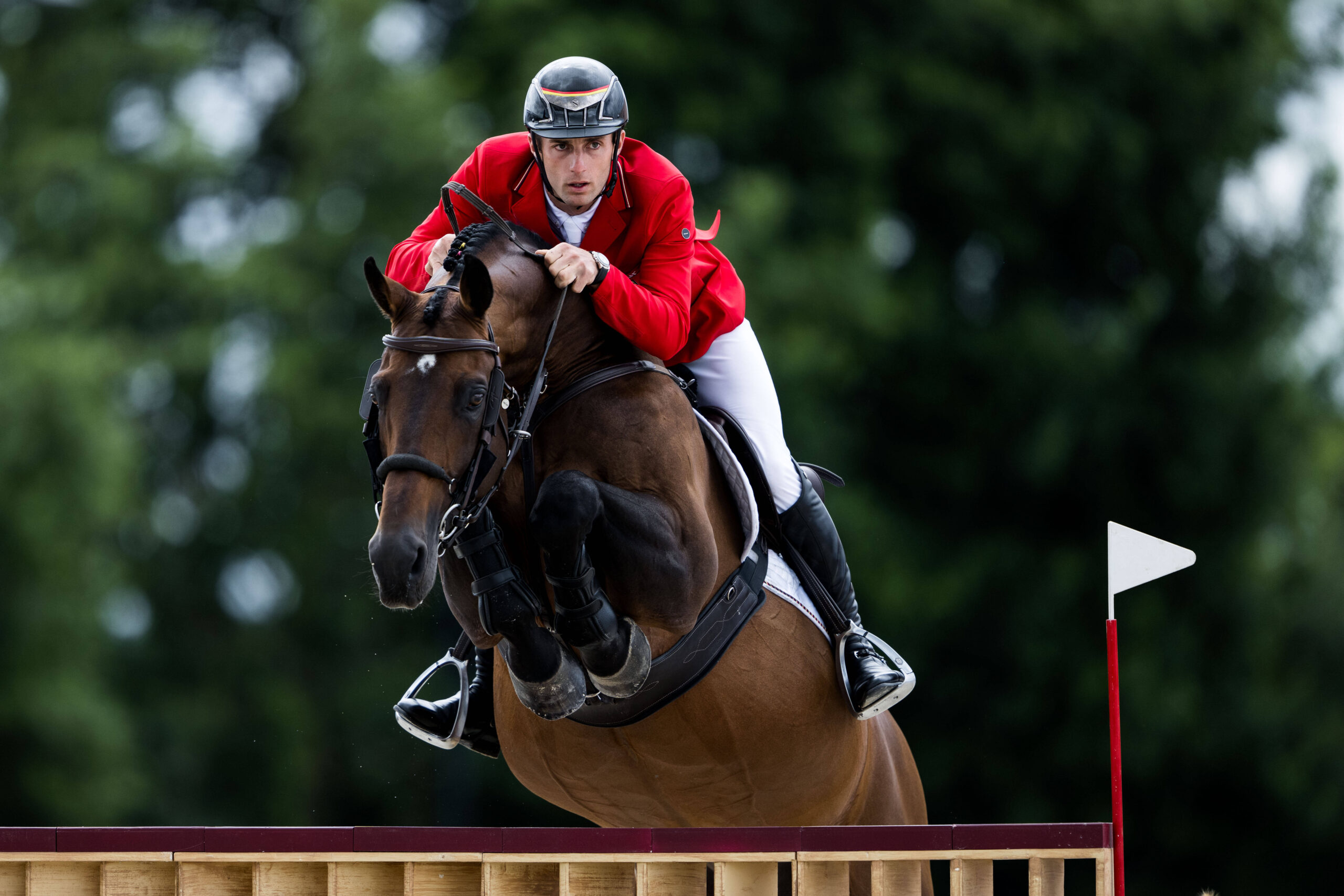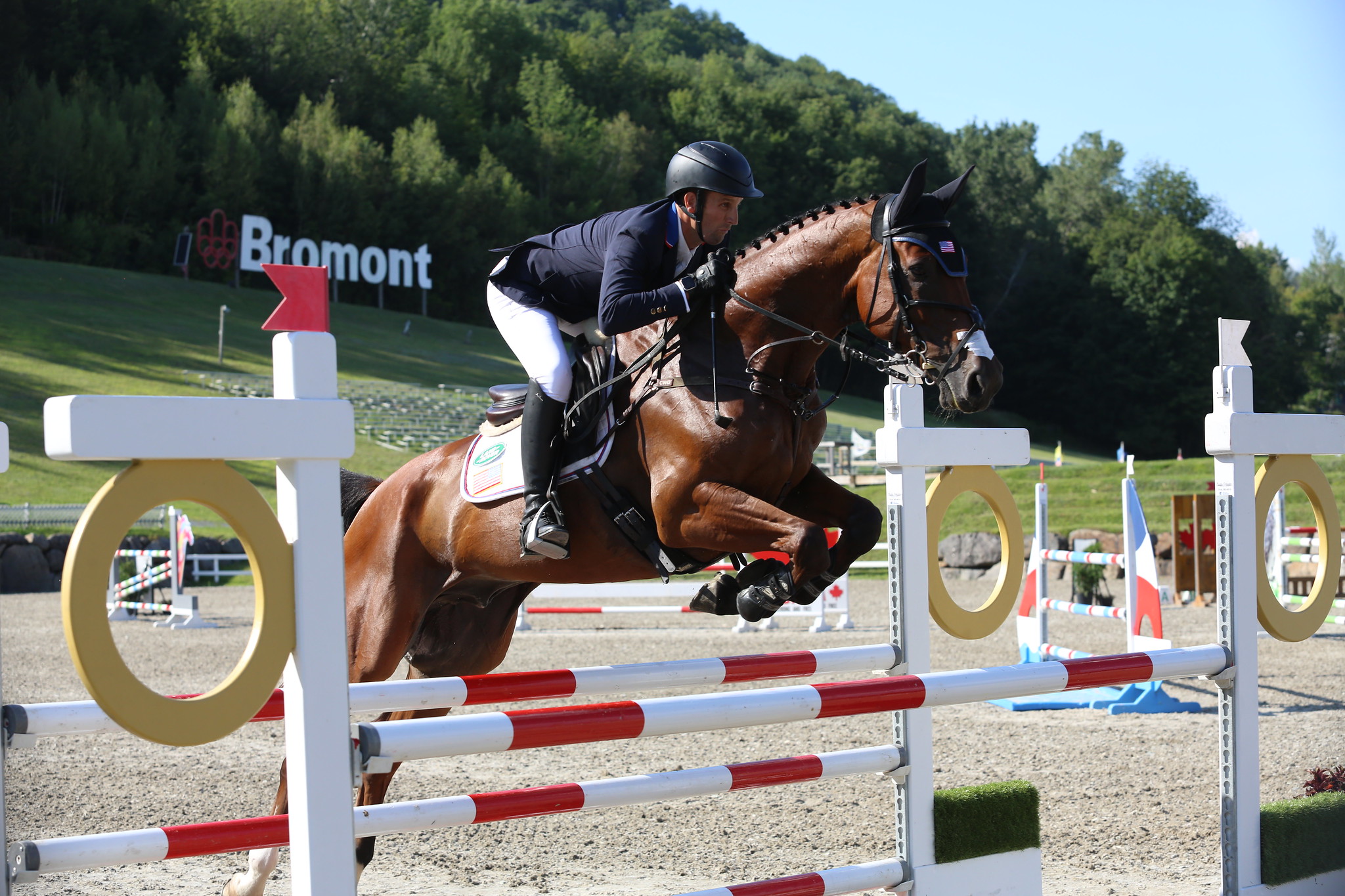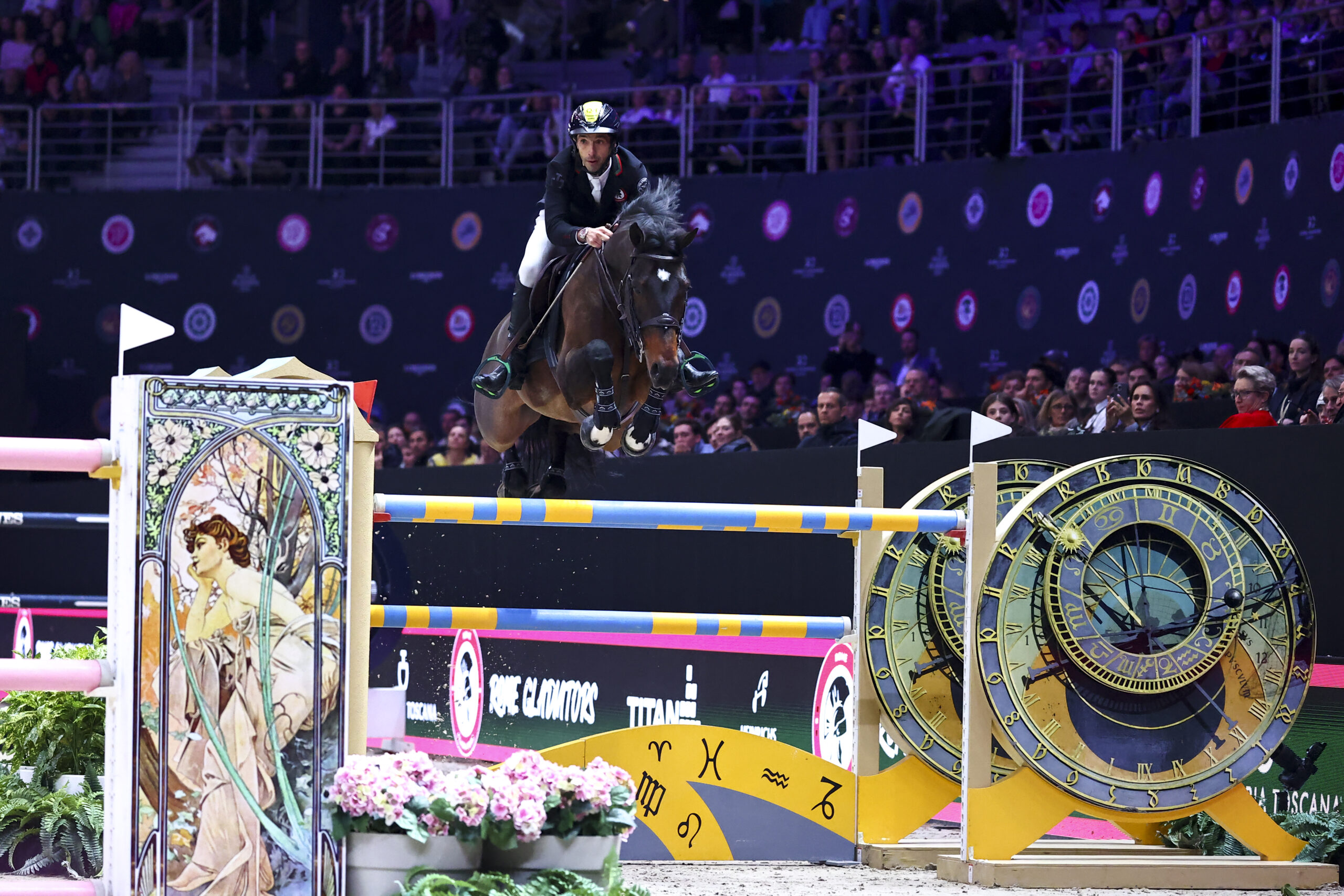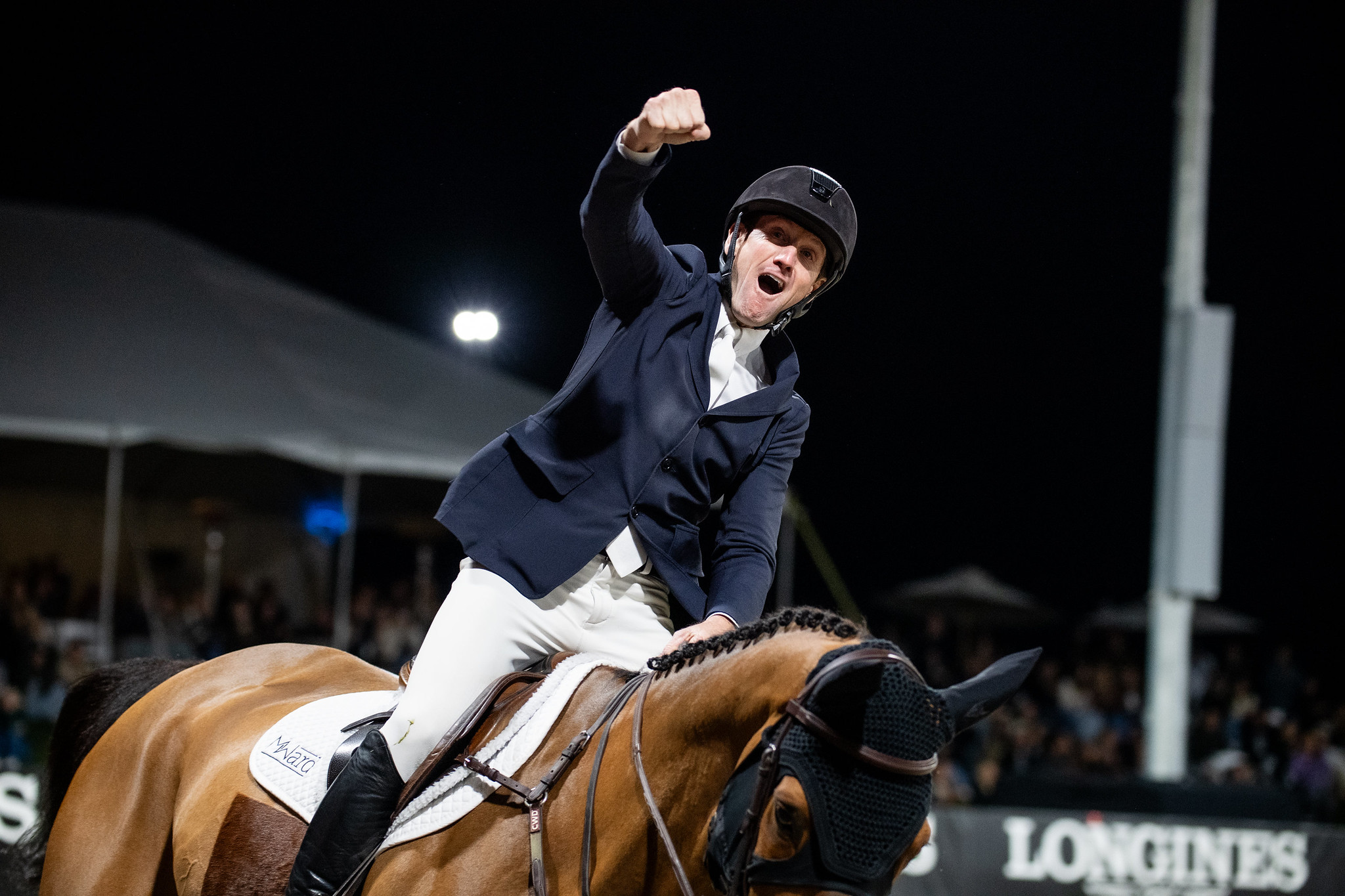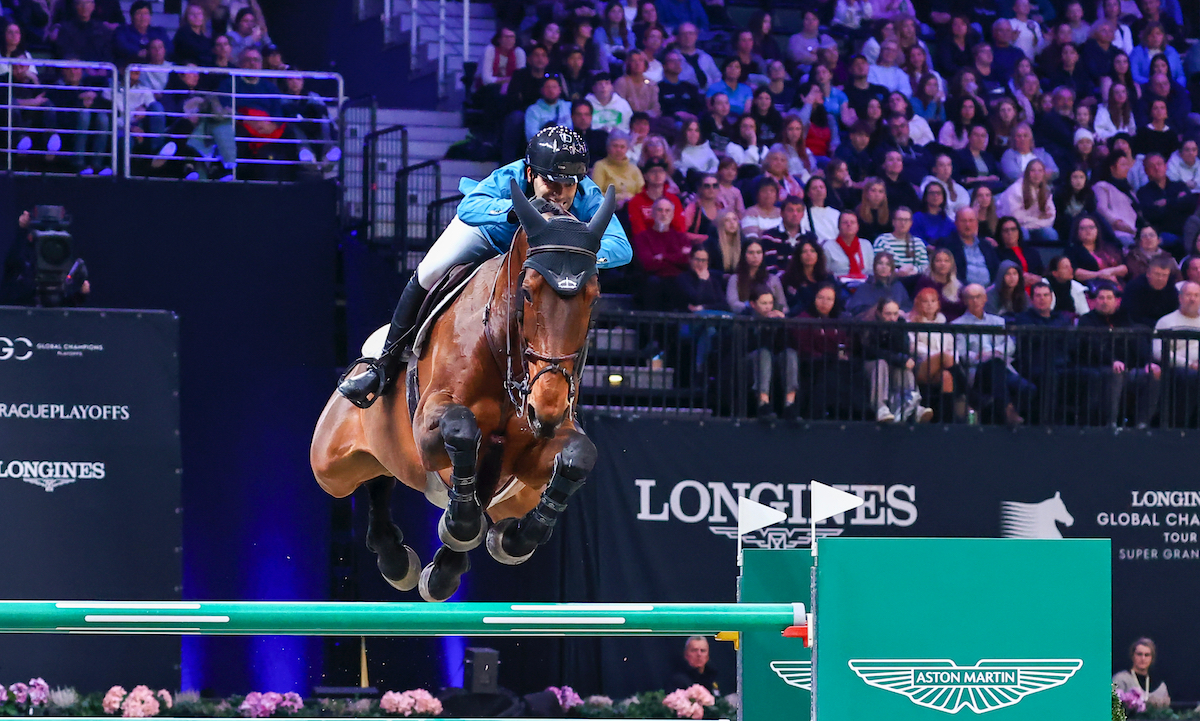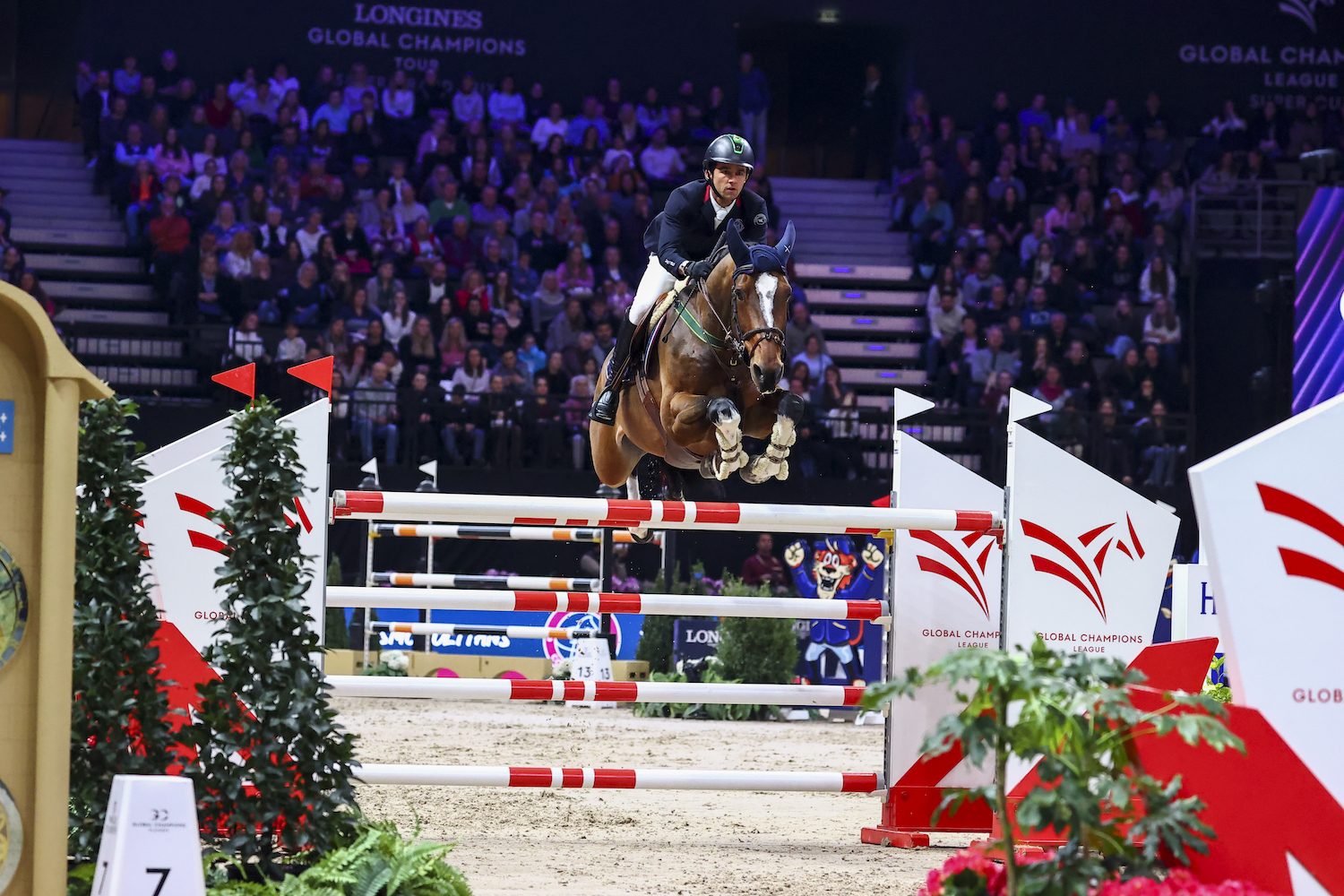I advocate training by non-edible reward as often as possible.
It’s effective and long-lasting, and it encourages a horse’s motivation and builds his trust.
But training by non-edible reward means seeking positive behaviors that the horse offers. Today my young warmblood True gave me the perfect example.
In winter, True and I often work in an indoor arena. When we’re finished, we go outside and I ride him around the ranch at a walk to cool down. If the more distant driveways are slushy or unplowed, we stick fairly close to the barn, riding a large circle around it. It takes about 5 minutes to walk all the way around one time.
If you cool out by walking around a barn, you know how it is: there’s usually one area along the circle that is more scary than others. For True, that’s the west side, where tractors and their many attachments, pallets of wrapped shavings, and various vehicles are stored. The path through that area is more narrow than elsewhere. The cattle pens and some smaller corrals are over there too, though right now they are empty. Horses are rarely on the west side or off to the north.
Every horse has her own usual way of responding to something new.
Some go into a quick-step and prance around. Others spin and bolt in the opposite direction. Some buck, shy sideways, or scoot forward. A few run backward. After four years of training him not to respond in those ways, True slows down or stops but remains pointed at the new item.
My goal at this point is for him to move forward.
So off we go on our walk, heading down the east end of the barn and turning the corner to the long north side. True hasn’t been out for a few days (weather), so he is very attentive to the views. We round the corner and face west. His head shoots up giraffe-style, and he stops dead.
“What?” I ask.
True raises his head further, opens his eyes and nostrils wide, and razors both ears to the west. I follow his ears and look out perhaps 300 yards away.
There, in a distant pasture on the west side, is a new mare whom True has not met. She’s a bold paint, with big white spots glowing in the distance.
Here’s one of the primary points of departure that is so important in brain-based training. Many trainers would immediately command True to move forward. If he evaded that direction, they’d use reins and legs—or spurs and crops—to demand forward movement. I do neither.
When a horse sees something ahead that stops her cold, I give her time to look, listen, and smell. In other words, I do absolutely nothing. I sit silently on True with a loose rein and zero leg pressure, waiting for him to achieve the goal on his own—to move forward.
He stands at high alert hardly breathing for perhaps a minute, which of course feels like an hour.
True is an extremely athletic, 1500-pound, 17.1 hand powerhouse these days. The thought occurs to me that just sitting here with a loose rein and relaxed muscles might not be the smartest move on my part. Then suddenly he lowers his head and walks forward.
Hooray! I immediately stroke both sides of his neck, scratch his crest, and praise him profusely. I have found a natural behavior, motivated by True himself, that matches my goal of moving toward the new object and gives him an opportunity to succeed. That’s the kind of behavior a brain-based trainer rewards.
True walks perhaps 10 steps forward with no encouragement or interference from me. The mare raises her head—now she has noticed him. True stops cold again. His muscles tighten, his head reaches high.
Again, I do nothing but wait. I sit silently for at least one more minute, maybe two. True’s brain needs more time, and my job is to give it to him. Soon he walks forward again on his own, and I reward just as strongly as before.
This behavior occurs several times as we walk along the north side of the barn. In my mind, I can hear many imaginary trainers saying, “Oh fer Chrissakes, just punch him up there and let’s go!” I don’t.
The paint mare is located in the pasture up ahead. But all the scary equpment that True dislikes on the west side is there, too. This mare is effectively drawing True of his own accord into the area where his fears are strongest, where he is typically nervous and tense.
I use the paint mare both as a magnet to draw True into that area and as a decoy to distract his attention from those terrifying pallets of shavings wrapped in (aaaaah!) white plastic. It works.
I never push him forward; we don’t get into any sort of tussle; there are no spurs, crops, rein pulls, tiny rapid circles, harsh words, or hard hands.
True is learning on his own that moving forward into the unknown is a desired behavior. He is getting to go where he wants to go (to the mare) yet also where he doesn’t want to go (to the scary pallets and tractors). He is motivating his own good behavior. What more could a trainer want?
Is this method slow? Yes.
Is it unpredictable and uncontrollable? For sure.
This mare is in a 3- or 4-acre pasture. I don’t know whether she is going to stand still, turn and run away, lie down and roll, or gallop toward us and cause True to go into hyper mode. I can’t be sure whether she will be in that pasture tomorrow to help True and I practice what we learned today.
But with her help, I have managed to set my horse up for success and create an opportunity for reward. I’ve used that reward to bolster not only his immediate surface performance but also his motivation to please and his trust in me.
Related reading:
Brain-Based Horsemanship is a weekly column that chronicles Janet Jones, PhD, and her journey with True, a Dutch Warmblood she trained from age three using neuroscience best practices. Read more about brain-based training in Jones’ award winning book Horse Brain, Human Brain.
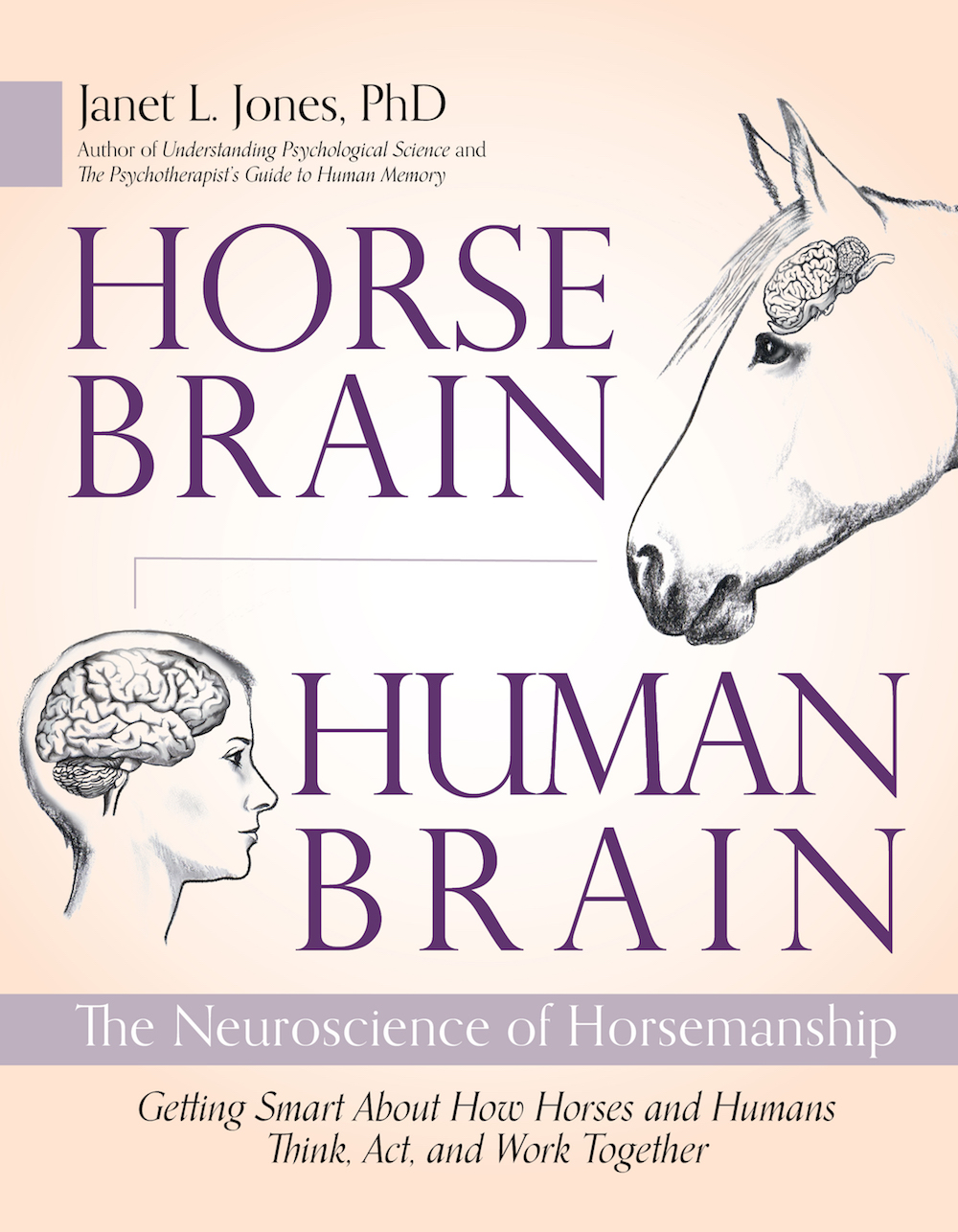
A version of this story originally appeared on janet-jones.com. It is reprinted here with permission.


 October 9, 2024
October 9, 2024 





